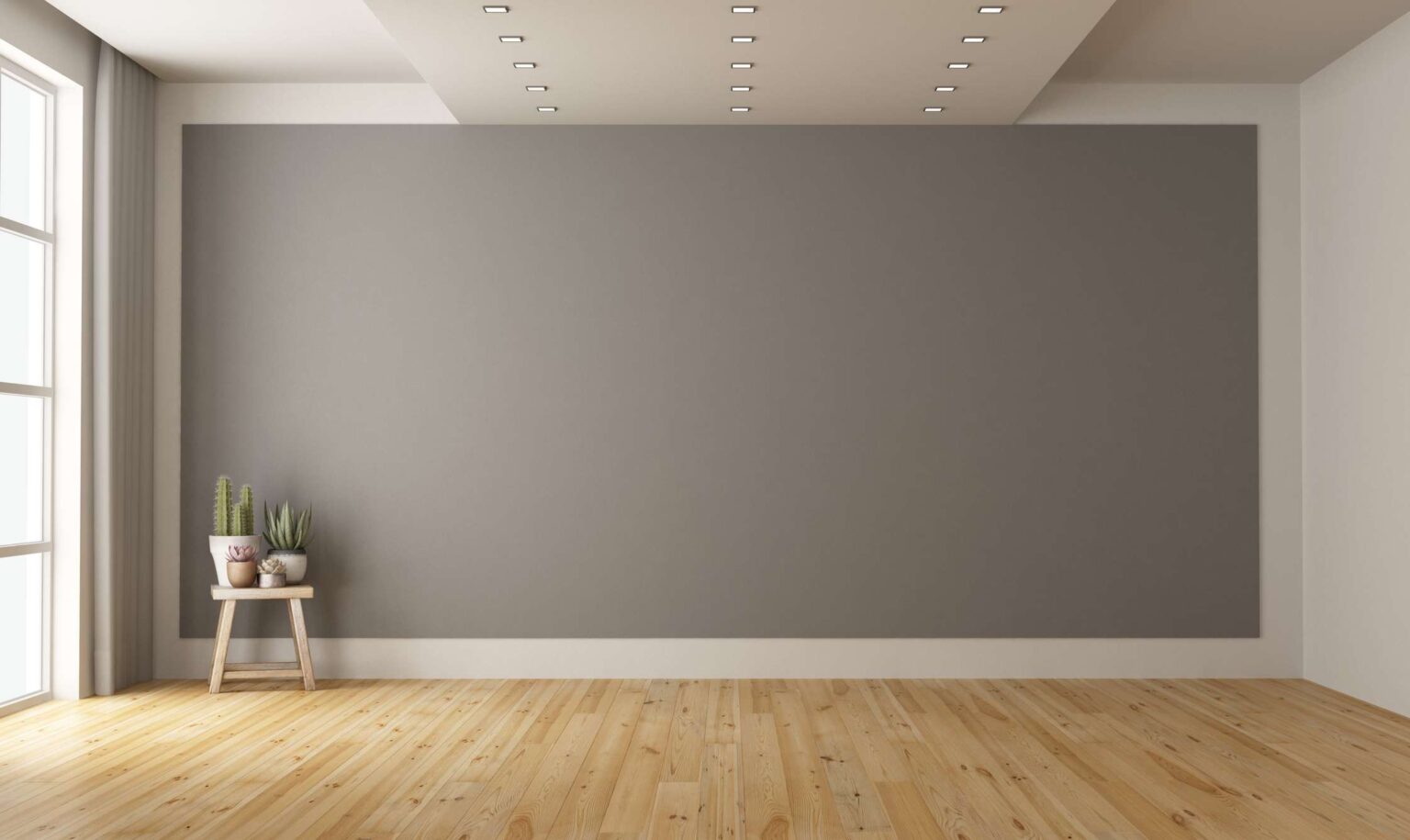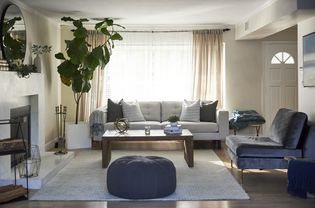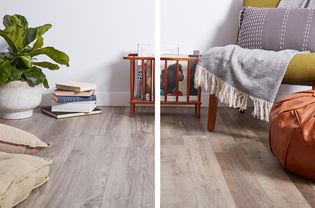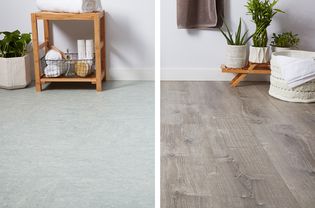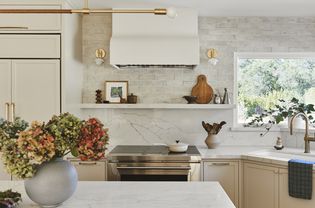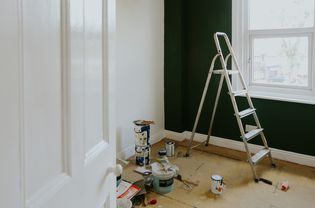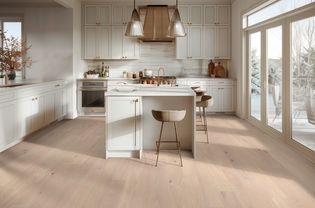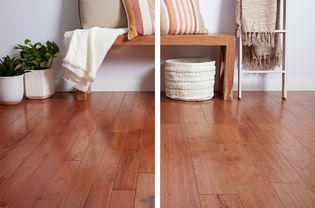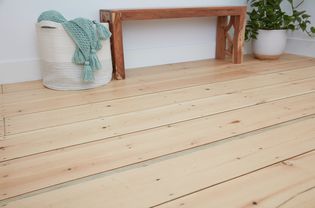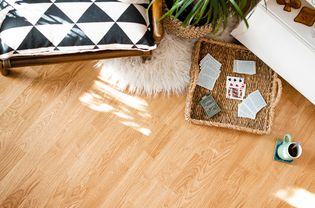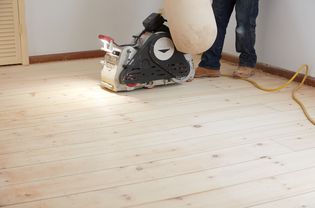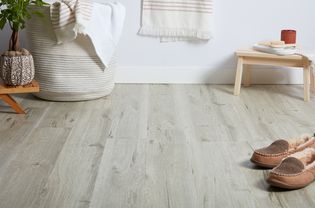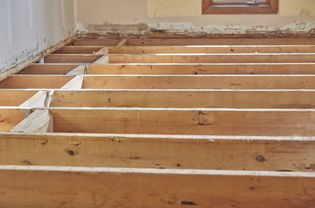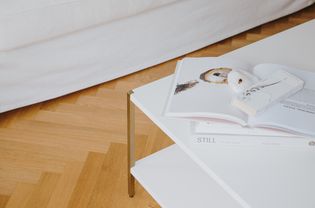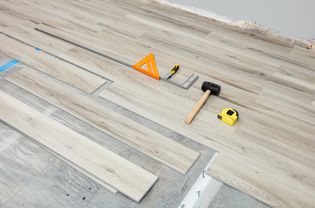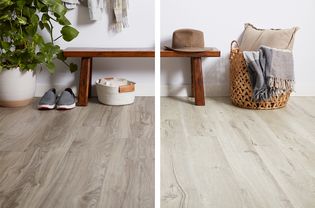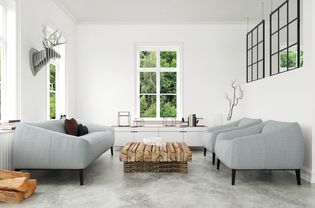Act as an expert content writer specialized in Interior Walls and Ceilings design, who speaks and writes fluently in French. Translate the article below into French. Continue writing until you finish translating the entire content from beginning to the end. Make sure the translation is linguistically accurate, and conveying the meaning, facts and figures of the original text. Make sure the content generated is well written and does not sound like a translation and reflects an awareness of the culture of French people. Don’t talk about Yourself or Your Experience. Don’t Self-reference. Don’t explain what you are doing. Write the content in HTML format and Keep the images and the structure of the article as they originally are. The article to translate:
Maple hardwood flooring is a favorite in so many homes due to its light color, hardness, and fine grain pattern. Maple is a perfect fit for modern or contemporary styled homes or for just about any space that can benefit from a clean, consistent surface that brings the natural look indoors.
What Maple Hardwood Flooring Is
Maple hardwood flooring is a solid hardwood or engineered wood floor milled from maple trees. Maple is a domestic hardwood that comes from forests in the northern United States and Canada. Since it is a fast-growing domestic wood, maple is considered to be sustainable and eco-friendly.
Maple hardwood flooring has a distinctive look because its color tends to be creamy white, though sometimes it can darken to a light brown. Maple’s clear grain is very subtle, almost unnoticeable, without the sharp contrasts found in other woods, such as oak.
Maple flooring is extremely dense and hard, making it an ideal choice for homes that need durable flooring for the long term.
-
Hard and dense
-
Tight grain
-
Moderately priced
-
Sustainable wood
-
Does not accept stain well
-
Scratches are conspicuous
-
Few color choices
-
Affected by sharp changes in humidity
Maple Hardwood Floor Installation
All solid and engineered wood floors need to be acclimated in the intended installation space for 48 to 72 hours—especially maple. Maple flooring is affected by humidity more than almost any other species of wood. This means that a thorough acclimation plan, with the wood unboxed and stacked to allow for airflow, is critical to the health of the flooring.
Because of maple’s hardness and close grain, it is difficult to sand well. Sanding maple flooring should be a project by itself rather than an adjunct to installation, and it should be done by professionals.
The sander should be kept on its lowest setting for new flooring. Any errant movement in the drum or oscillating sander (such as chattering or shaking) will immediately transfer to the maple as imperfections and will need to be sanded out.
When staining maple flooring on-site, it can be difficult to achieve a uniform color. So, it’s generally recommended that maple be left natural and only clear-coated. Some factory-stained maple floors have fairly consistent color, but most maple is natural and unstained.
Cost of Maple Hardwood Flooring
Natural solid hardwood or engineered maple strip flooring costs $5 to $8 per square foot. Factory-stained maple flooring costs $8 to $12 per square foot.
Differences Between Maple and Other Wood Floors
| Maple | White Oak | Ash | |
| Color | Creamy white to light brown | Golden brown to gray | Light tan to dark brown |
| Stain | Stains poorly | Stains well | Stains well but usually is left natural |
| Hardness | Harder than oak and ash | Softer than maple and ash | Harder than oak, softer than maple |
| Cost (Per Sq. Ft.) | $5 to $8 | $4 to $8 | $6 to $8 |
| Scratches | Visible | Easy to hide | Easy to hide |
Maple vs. White Oak Flooring
White oak is somewhat comparable to maple, though it has a more pronounced grain and it takes stain well.
Oak flooring—both white oak and red oak—is prevalent and easy to find at most floor retailers. White oak is a softer wood than maple, but scratches are easier to hide with oak than with maple.
Maple vs. Ash Flooring
Ash flooring is the closest to maple flooring in terms of looks. Like maple, it is light-colored and clear. Ash looks good whether it is left natural and clear-coated or stained and coated.
While ash is a strong, durable wood, it’s still not as hard and dense as maple. Ash flooring isn’t as easy to find as maple, so you’ll have fewer choices with this type of flooring.
Maintenance Issues
Because scratches tend to show prominently on maple flooring, be sure to use runners and area rugs.
Since maple is light-colored, dirt and other debris will show up. Do not use a wet mop on maple flooring. Instead, clean the flooring as much as possible with dry methods, such as a soft broom and pan or a soft, dry mop.
Sharp humidity and temperature fluctuations over time can cause maple flooring to shrink, warp, cup, or split. So, it’s best to pay attention to your home’s humidity level and keep it in check with a humidifier or dehumidifier. If your area is particularly dry, you may even want to incorporate humidification into your home’s entire HVAC system.




